

The London Loop is a walking route of 150 miles length around the outer boundaries of London split into 24 sections. See tfl.gov.uk /modes/walking/loop-walk for more details. Inner London Ramblers now produces updated guides to the walk.
I last walked this section of the Loop in February 2019 but it has not been blogged on these pages. It starts at Erith station, reached this time using the Elizabeth line to Abbey Wood where I picked up a South Eastern train to arrive there at 11am.
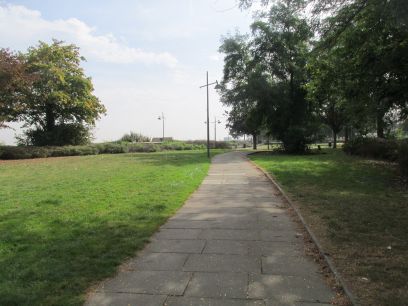
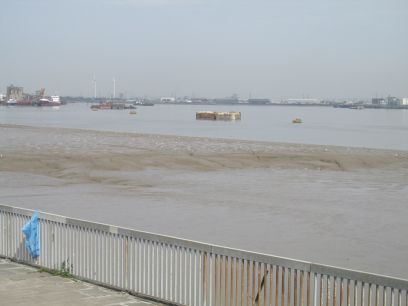
It is a short walk from the station to arrive at Riverside Gardens, the official starting point of the loop. From there a broad view across the river to Coldharbour Point and the not very scenic mounds of rubbish there, walked along in the last section of the Loop.
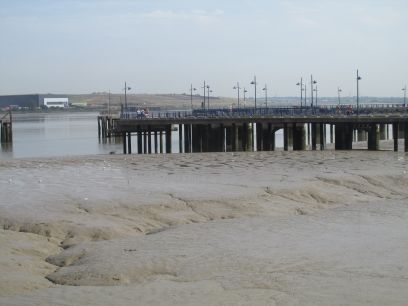
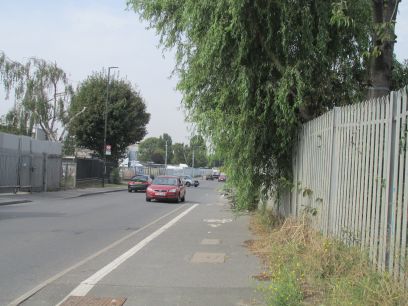
A little further on is Erith Pier, the former Deep Wharf where ships used to discharge their loads but now has full public access. Then the promenade ends. I followed a route through the Morrisons carpark but the official loop route is a bit further on. Whatever, Manor Road is reached and there is nearly a mile of busy road passing recycling plants and whatever.
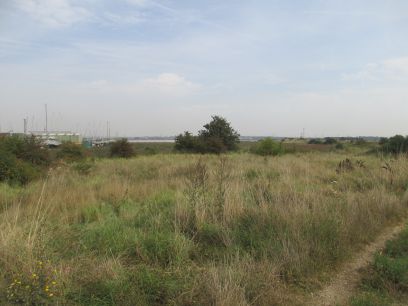
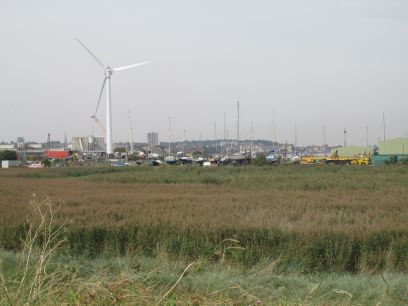
At the top of Manor Road is Erith Yacht Club and we reach countryside again. A large wind turbine dominates the view, at first stationary but a small breeze came and it slowly turned.
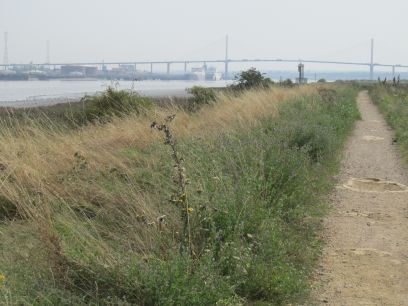
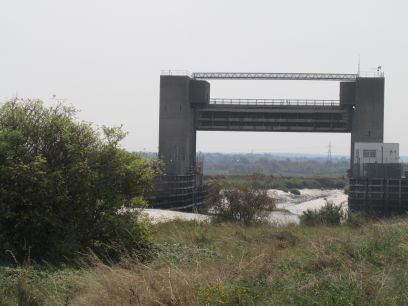
Now we walk along the river, this part is the Thames Path extension but is soon interrupted by the river Darent. The QE2 bridge carrying the M25 across the river dominates. There is talk of a crossing but for now the Thames path must stop here on the southern bank. Turning down the Darent, the Dartford Creek Flood Barrier serves the same purpose as the much larger Thames barrier.
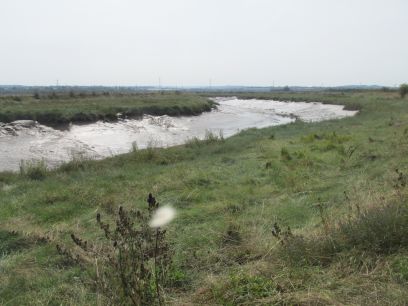
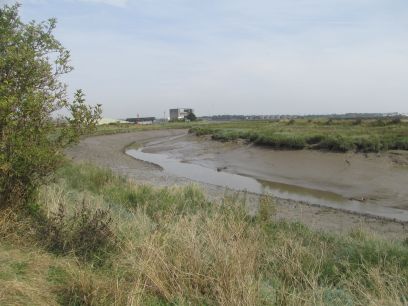
Inland along the Darent and through the Cray and Dartford Marshes until that path in turn is blocked where the Cray joins it. it.
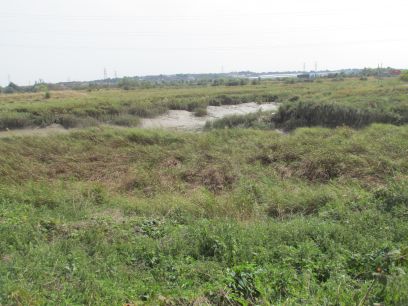
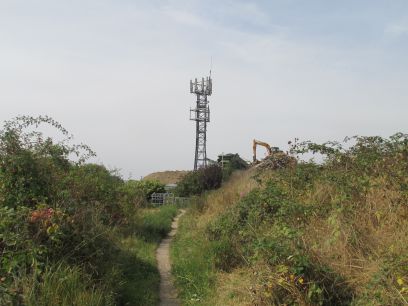
Along the Cray for a while then a small industrial area is reached starting with a mobile phone mast.
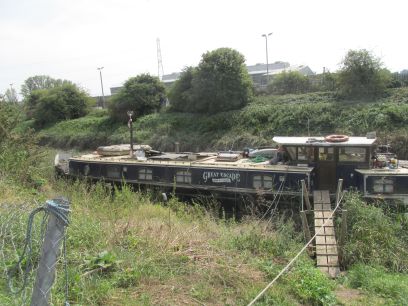
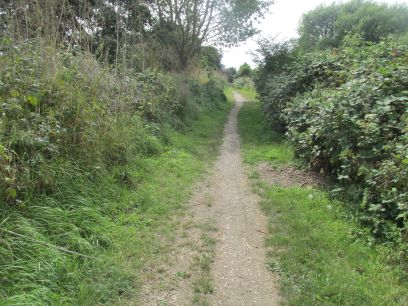
After seeing a barge on the Cray, the river must be left for a while as the Loop travels through this industrial area eventually reaching the busy A206. Crossing this via several pedestrian crossings countryside is again reached with a path running parallel to the Cray which is hidden behind dense vegetation.
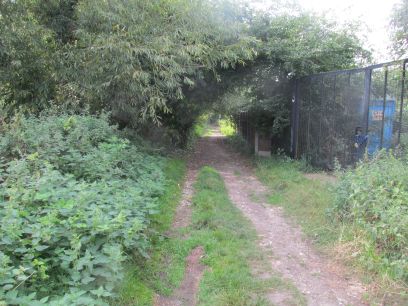
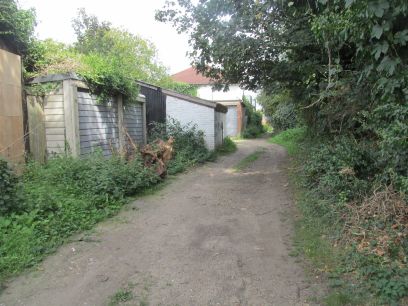
The loop continues down Iron Mill Lane, a narrow path running at the rear of houses and the Cray alongside to the left.
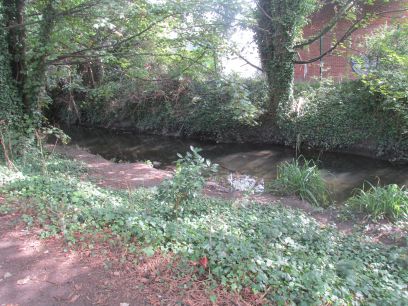
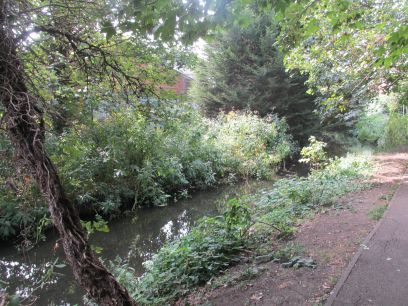
After this there is a bridge over the Cray, which is then left to reach the centre of Crayford. I stopped here for lunch, and suffering somewhat from the heat and with time pressing on decided to end my day's walk here. I will do the remaining 2 miles to Bexley a little later, much of it is already covered on my circular Bexley walk. I made my way to Crayford station where I caught a train to Waterloo East and then home.
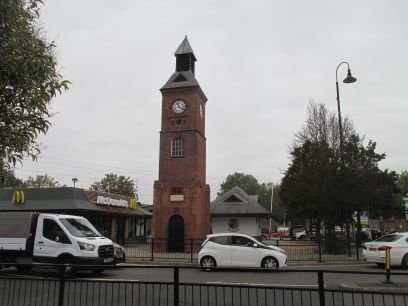
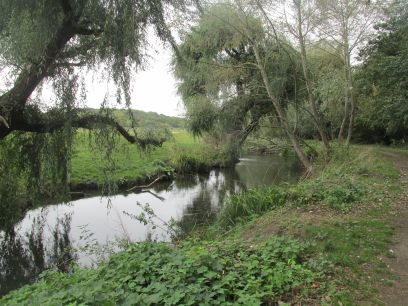
Today I completed section 1 to Bexley. Being just two miles I decided to combine it with a trip to the Museum of London (Docklands) at Canary Wharf. This started off in the centre of Crayford by the busy junction on London Road where yet again I got somewhat confused but eventually go on track. After a bit of road walking I soon reached the Cray across playing fields.
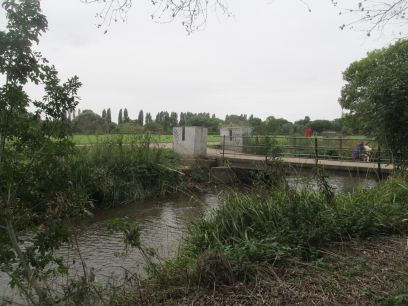
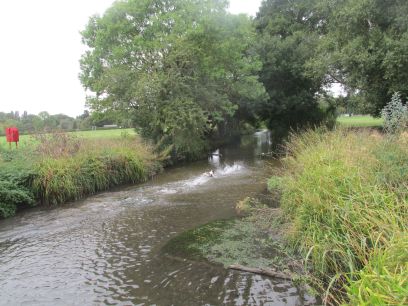
The Cray is followed for a while until Hall Place is reached and I turned off it to walk alongside its gardens.
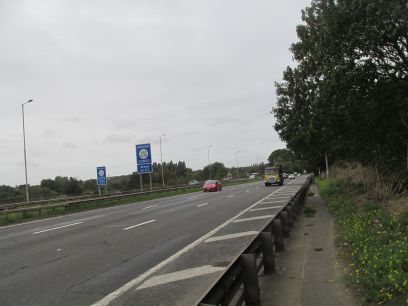
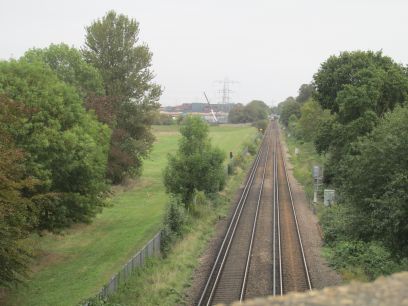
Now a zig zag route to cross the A2 and the railway line where the path goes along the side of the A2 for a short stretch then a dog legged path to cross them both.
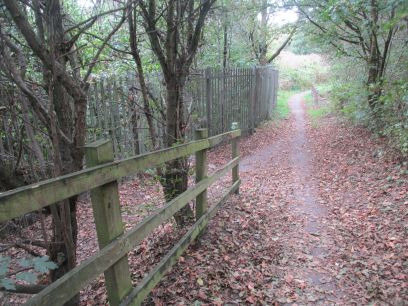
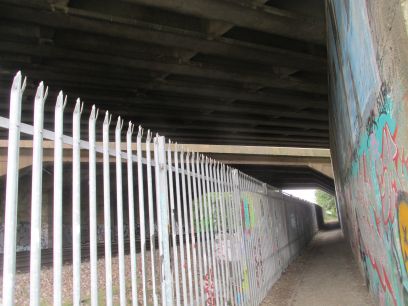
Since I last walked this they have added a new waymarker where the path takes a sharp left hander, easy to miss. I did not get lost this time as the path then goes under the A2 and along the railway.
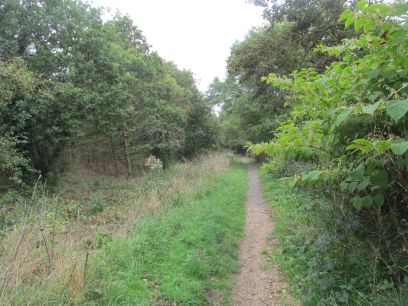
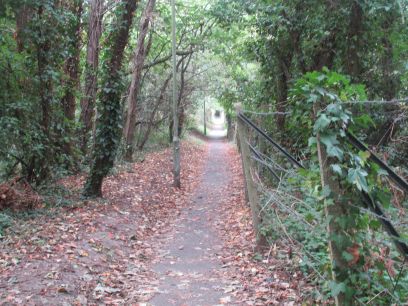
A pleasant footpath through Churchfield Wood which leads to another footpath heading to Bexley.
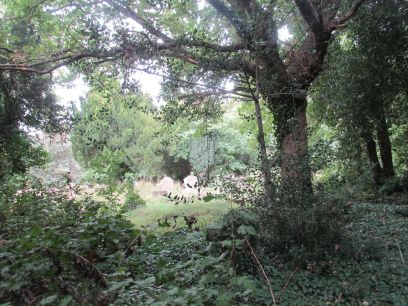
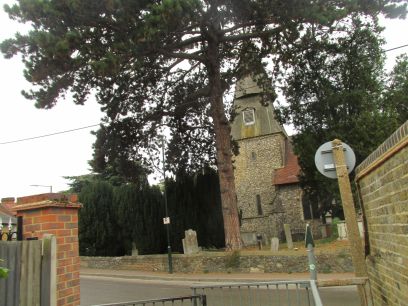
The path passes along the old cemetery of St Mary's. Then St Mary's itself and Bexley High Street where reaching the end of section 2 I went to Bexley station and from there the train to Lewisham and DLR to West India Quay.
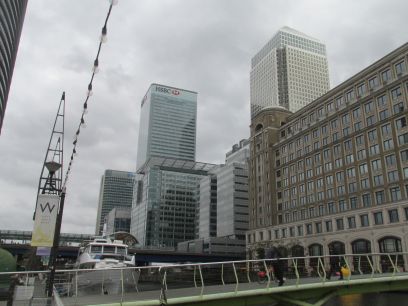
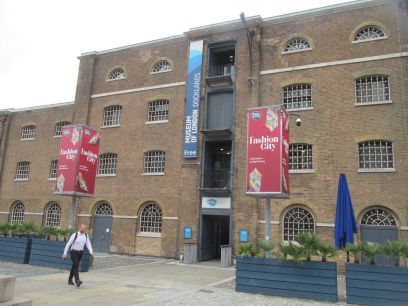
This is in the heart of the Canary Wharf business area with huge skyscrapers but by the pleasant West India Docks. The museum occupies one of the former warehouse and tells the history of the dockland area, an exhibition about the sugar cane trade, and of London through the ages. I first lunched in the Wetherspoons right next door before spending an hour or so browsing the exhibitions.